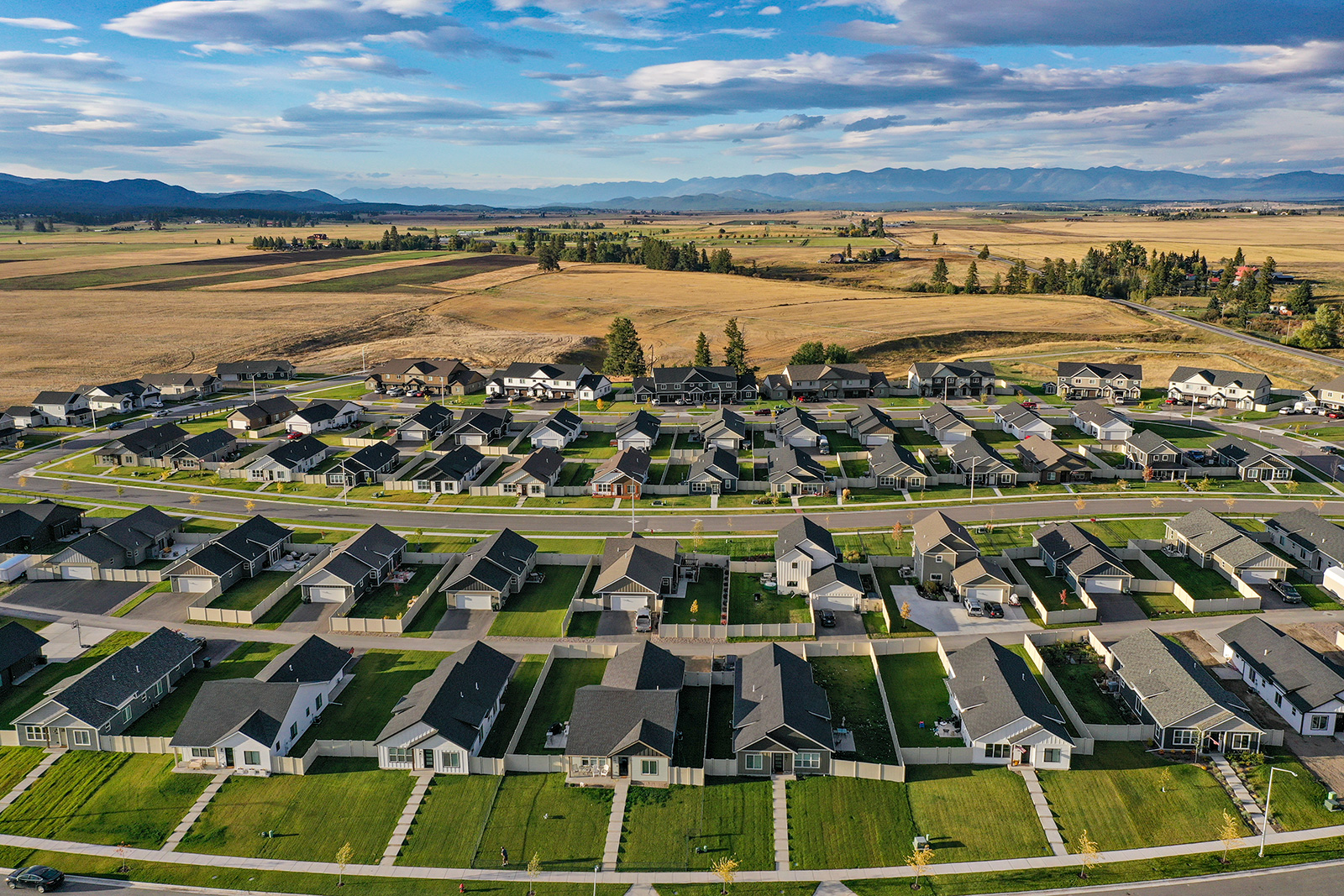Kalispell Council Considers Housing Authority Establishment
City officials addressed affordable housing at a work session, which also included potentially easing zoning restrictions and collaborating with nonprofits
By Maggie Dresser
The Kalispell City Council at its work session this week considered several options to address affordable housing within the municipality, which included establishing a housing authority and loosening zoning restrictions to allow a wider variety of building options.
To establish a housing authority, the city council would need to pass both a resolution and an ordinance, Mayor Mark Johnson would appoint board members and funding could be routed through the passage of a mill levy, or a municipal staff restructure.
“It’s not easy,” City Manager Doug Russell said. “There’s nothing about this that is going to be a slam dunk.”
“It doesn’t mean it couldn’t be successful,” Russell added. “It’s feasible, but a potential challenge in terms of what a municipality can do that (will) lower costs for development.”
Funding for a housing authority would likely be a challenge, Russell said, and he recommended letting voters decide if they support a housing authority with a mill levy.
“You can actually do that before you have the housing authority,” Russell said. “That way you don’t have a housing authority with no feasibility to operate and you create a funding source that’s specific.”
Johnson said the council will likely revisit a housing authority option in the coming weeks, however, he wanted to take time to think about it first and instead focus on collaborating with partners like Community Action Partnership of Northwest Montana (CAPNM) and re-examine zoning issues that limits development.
Councilors Ryan Hunter and Sid Daoud both suggested easing zoning restrictions on duplexes, small scale apartment complexes and tiny houses to bring more multifamily diversity within the city.
“Part of the value in that is you’re going into existing neighborhoods and you already have the land paid for a lot of times and it’s not necessarily new construction,” Hunter said. “If you approach that through zoning, you can sprinkle more in existing neighborhoods.”